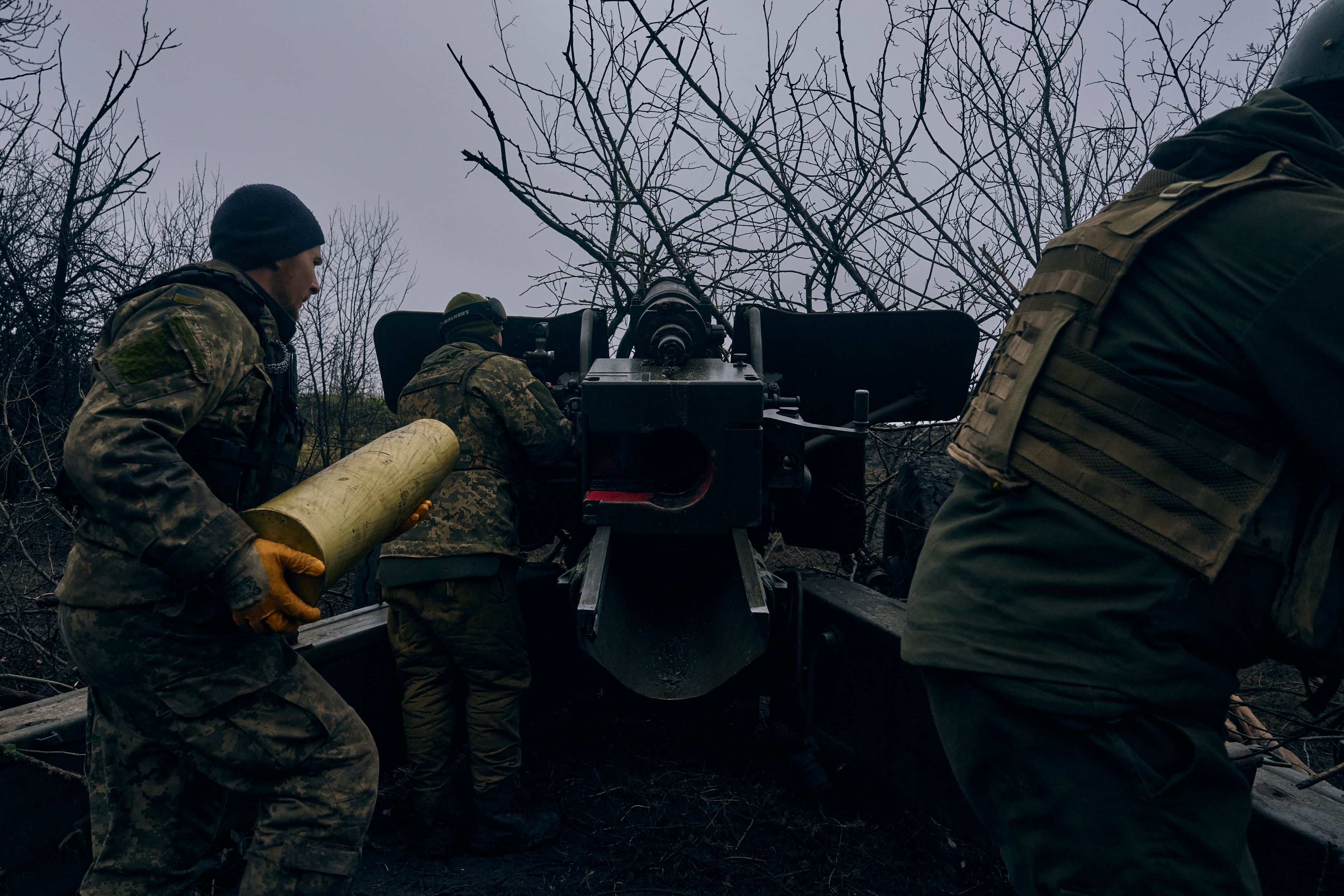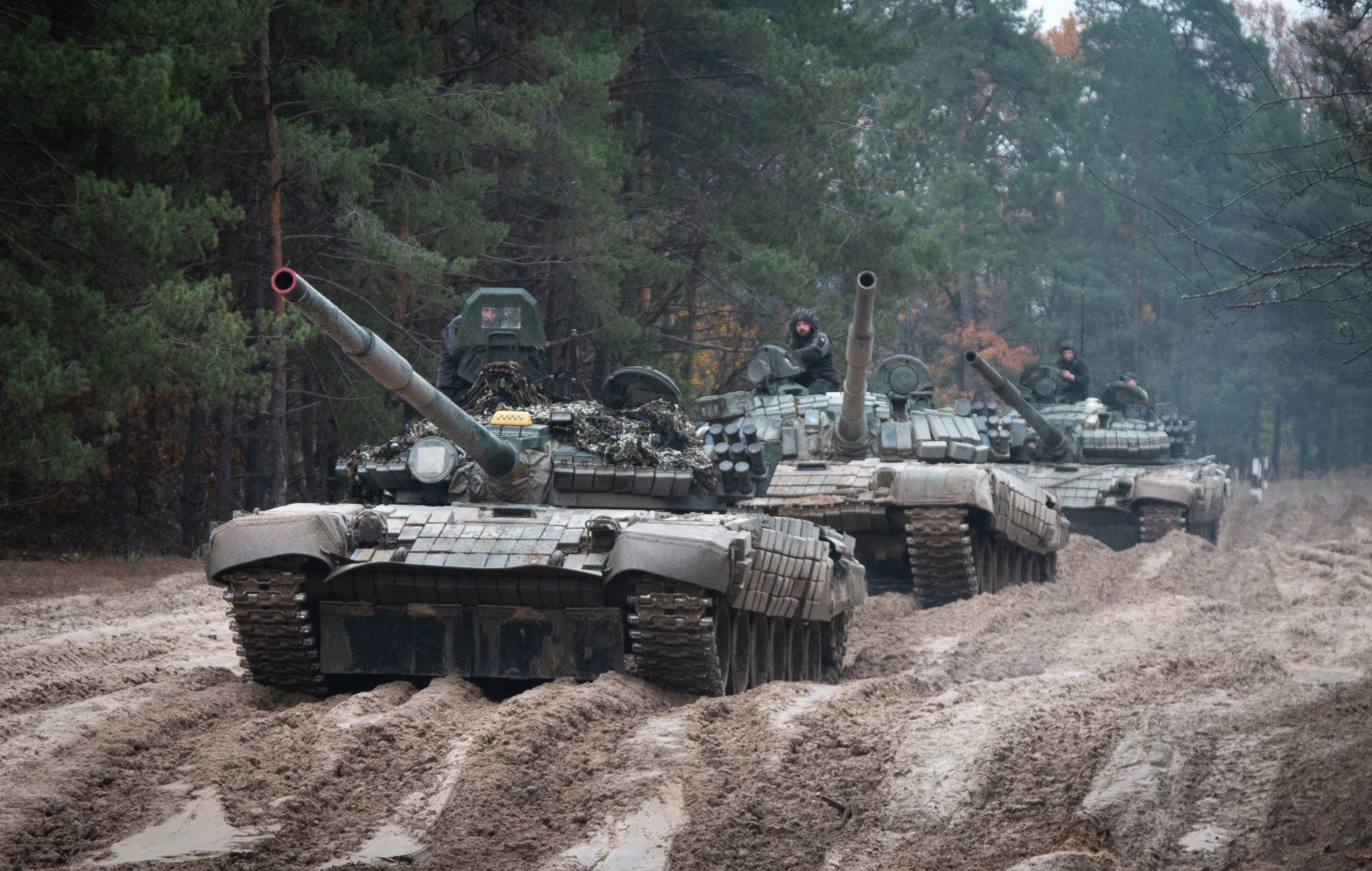WASHINGTON ― NATO countries will agree to a new pledge this summer to increase defense spending above their previous target, U.S. Defense Secretary Lloyd Austin said Wednesday at NATO headquarters in Brussels.
While negotiations over the exact language continue, Austin said the pledge would emerge from a meeting of NATO members at their summit in the Lithuanian capital Vilnius in July. NATO members, he said, are “upgrading our defense plans, putting more forces at higher levels of readiness.”
“In Vilnius, our leaders will agree on a new defense investment pledge to ensure that the alliance has the resources to carry out these new plans,” Austin told reporters after a meeting of NATO defense ministers. “We look forward to working with our valued allies to ensure that we all do even more to invest in our shared security.”
NATO allies agreed in 2014, after Russia annexed Ukraine’s Crimean Peninsula, to halt the spending cuts they had made after the Cold War and move toward spending 2% of GDP on defense by 2024. That pledge is due next year, and while NATO is working on a new target, some officials said there wasn’t a firm agreement.
NATO Secretary-General Jens Stoltenberg on Wednesday urged the 30 member countries to commit to spending at least 2% of their gross domestic product, or GDP, on defense by a set date. The comments came after Stoltenberg chaired a meeting of NATO defense ministers, where a first high-level discussion on the issue was held.
“What is obvious is that if it was right to commit to spend 2% in 2014, it is even more right now because we live in a more dangerous world,” Stoltenberg said.
“There is a full-fledged war going on in Ukraine, in Europe, and then we see the persistent threat of terrorism and we see also the challenges that China is posing to our security. So it is obvious we need to spend more,” he said.
RELATED

Only nine countries met the pledge, according to NATO estimates for last year, but 18 have plans to do so. The U.S. spends 3.47% of its GDP on defense, spending more than all other allies combined.
“I think we should move from regarding the 2% as a ceiling, to regard the 2% of GDP as a floor and minimum,” Stoltenberg said. He added that this should not be a “long term perspective” and “that we need immediate commitment to spend 2% as a minimum when we see the needs for ammunition, for air defense, for training, for readiness, for high-end capabilities.”
According to a defense official from a NATO ally in Europe, there was consensus among leaders that 2% is a floor, but it’s unlikely that the Vilnius summit will yield an increase in percentage. Allies may instead agree repeating the 2% pledge, but in stronger terms.
German Defense Minister Boris Pistorius told reporters in Brussels that Berlin would consider the existing pledge as a “base” from which to grow future spending, though details have yet to be agreed within Germany’s coalition government.
Germany’s share of defense spending currently hovers around 1.3% to 1.4%, and the country’s spending profile makes meeting even the existing goal in time doubtful. Expenditures have risen steadily in recent years, to now roughly €50 billion per year, or $53 billion, plus a €100 billion special defense fund created after Russia’s invasion of Ukraine.
The special fund is largely spoken for with big-ticket investments including F-35s and the replenishment of soldier equipment, ammunition and weapon stocks. Analysts have said the base budget, deliberately kept flat while the multiyear special fund is in effect, must also grow to enable a wholesale rejuvenation of Germany’s defense posture.
Discussions about a more significant spending uptick in Germany are always tied to the question of how the country’s defense bureaucracy and industry can translate potentially tens of billions of additional euros into actual capabilities.
While former U.S. President Donald Trump pressed the issue of burden sharing in aggressive terms, the Biden administration has taken a more encouraging tack while also emphasizing NATO unity. President Joe Biden, in a speech at last year’s summit in Madrid, hailed countries by name that were meeting or intending to meet the 2% target.
RELATED

NATO leaders at the ministerial also discussed plans to implement new stockpile guidelines, aimed at boosting allied arsenals while continuing to fill Kyiv’s. On Wednesday, Stoltenberg said the NATO leaders addressed ways to boost industrial capacity and replenish stockpiles of armaments and munitions sent to Ukraine.
“NATO Allies are providing unprecedented support to help Ukraine push back against Russia’s aggression. At the same time, this is consuming an enormous quantity of Allied ammunition, and depleting our stockpiles,” Stoltenberg said. “Allies agree on the need to work hand-in-hand with the defense industry to ramp up our industrial capacity.”
To that end, the U.S. has been leading talks among NATO’s national armaments directors.
“As we rush to support Ukraine in the critical months ahead, we must all replenish our stockpiles to strengthen our deterrence and defense for the long term,” Austin said.
With reporting by The Associated Press.
Joe Gould was the senior Pentagon reporter for Defense News, covering the intersection of national security policy, politics and the defense industry. He had previously served as Congress reporter.
Sebastian Sprenger is associate editor for Europe at Defense News, reporting on the state of the defense market in the region, and on U.S.-Europe cooperation and multi-national investments in defense and global security. Previously he served as managing editor for Defense News. He is based in Cologne, Germany.







